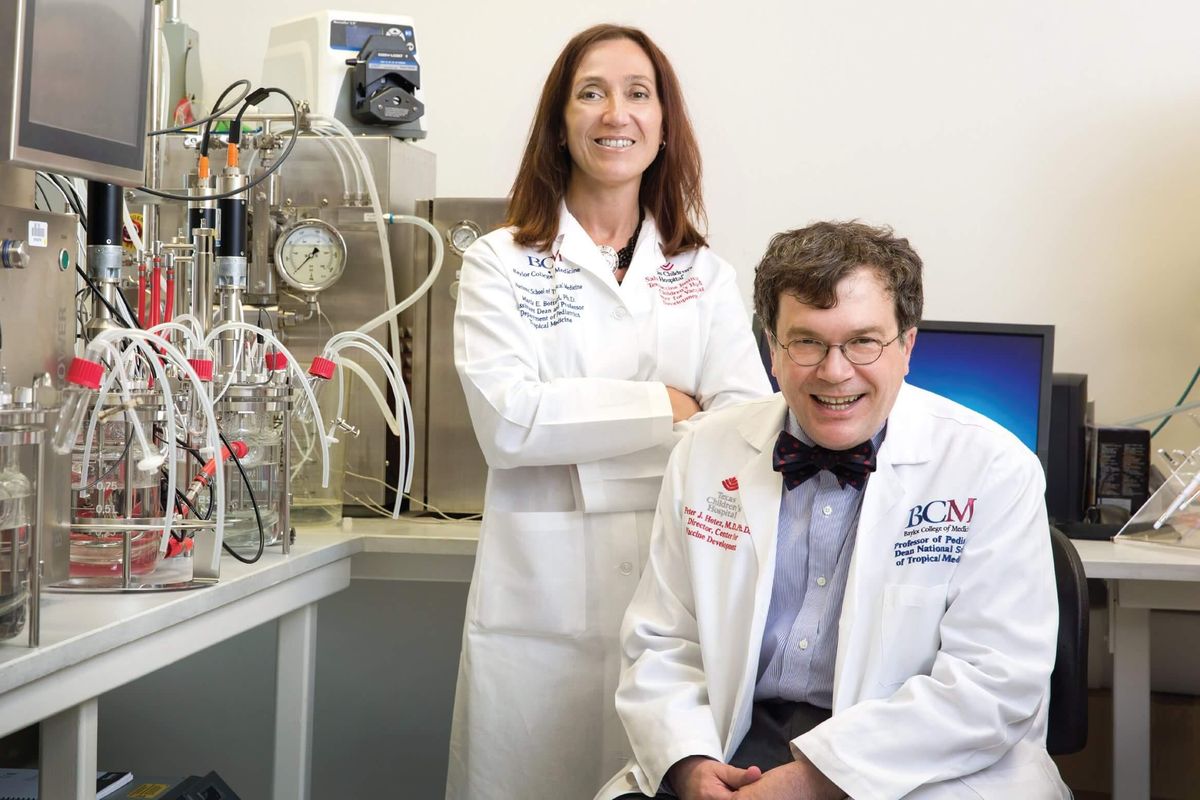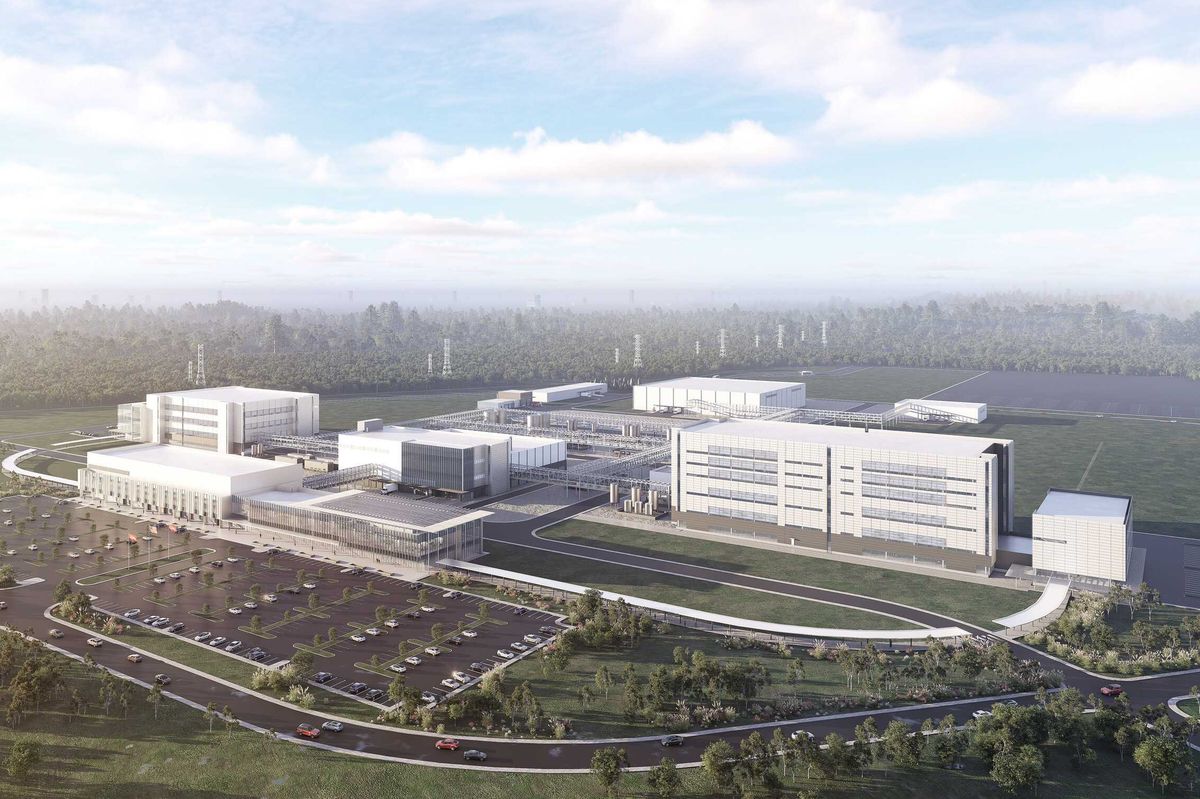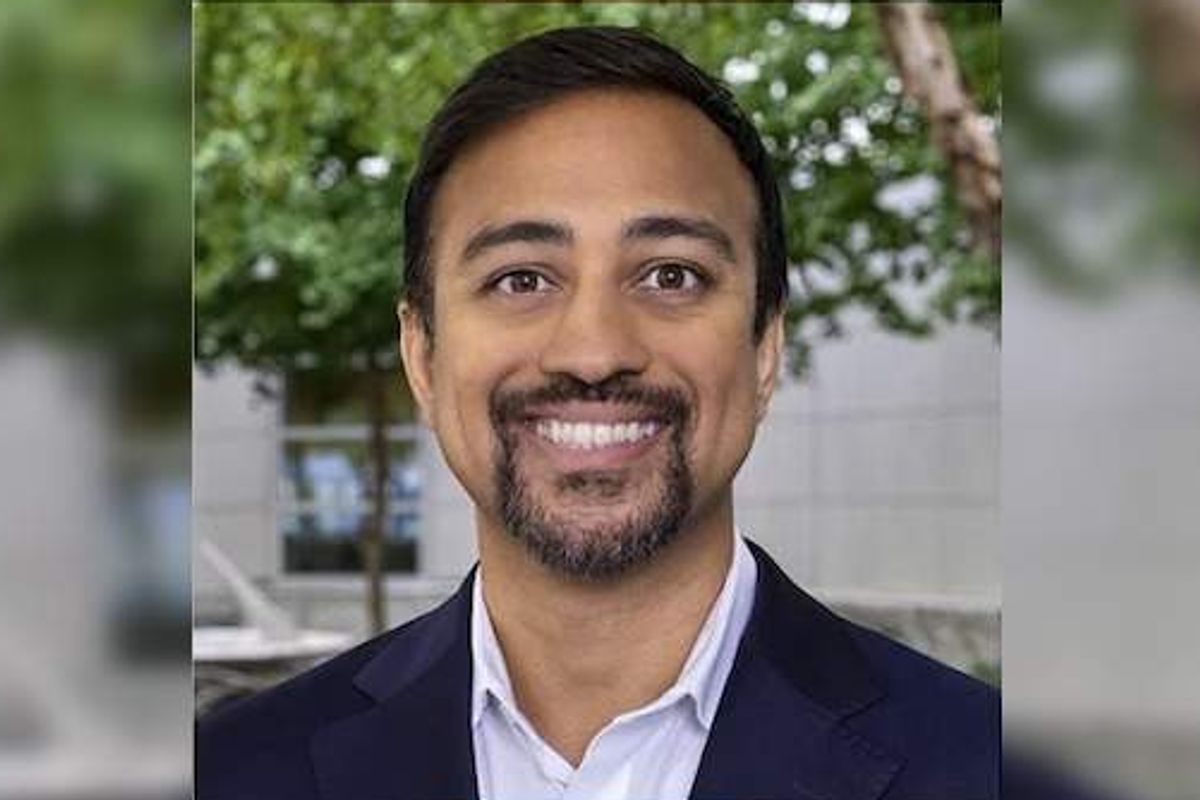A new business accelerator at Houston’s Texas Medical Center has received a nearly $3 million grant from the Cancer Prevention and Research Institute of Texas.
The CPRIT grant, awarded to the Texas Medical Center Foundation, will help launch the Accelerator for Cancer Medical Devices. The accelerator will support emerging innovators in developing prototypes for cancer-related medical devices and advancing them from prototype to clinical trials.
“The translation of new cancer-focused precision medical devices, often the width of a human hair, creates the opportunity to develop novel treatments for cancer patients,” the accelerator posted on the CPRIT website.
Scientist, consultant, and entrepreneur Jason Sakamoto, associate director of the TMC Center for Device Innovation, will oversee the accelerator. TMC officials say the accelerator builds on the success of TMC Innovation’s Accelerator for Cancer Therapeutics.
Each participant in the Accelerator for Cancer Medical Devices program will graduate with a device prototype, a business plan, and a “solid foundation” in preclinical and clinical strategies, TMC says. Participants will benefit from “robust support” provided by the TMC ecosystem, according to the medical center, and “will foster innovation into impactful and life-changing cancer patient solutions in Texas and beyond.”
In all, CPRIT recently awarded $27 million in grants for cancer research. That includes $18 million to attract top cancer researchers to Texas. Houston institutions received $4 million for recruitment:
- $2 million to the University of Texas MD Anderson Cancer Center to recruit Rodrigo Romero from Memorial Sloan Kettering Cancer Center in New York City
- $2 million to MD Anderson to recruit Eric Gardner from Weill Cornell Medicine in New York City
A $1 million grant also went to Baylor College of Medicine researcher Dr. Akiva Diamond. He is an assistant professor at the medical college and is affiliated with Baylor’s Dan L. Duncan Comprehensive Cancer Center.
- Texas organization grants $68.5M to Houston institutions for recruitment, research ›
- Texas institute grants $12M to bring leading cancer researchers to Houston ›
- Houston hospital to establish genomics research hub as part of CPRIT's $60M round of grants ›
- CPRIT grants $22M to bring top cancer researchers to Houston ›
- CNSide Diagnostics to launch central nervous system cancers patient testing - InnovationMap ›




















